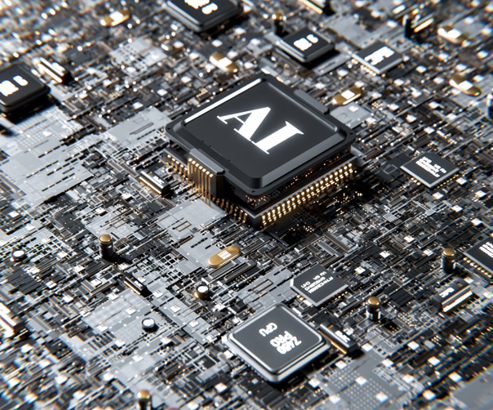In the world of computing, two critical
components often discussed are the CPU (Central Processing Unit) and the GPU
(Graphics Processing Unit). Both play essential roles in the performance of
devices, from personal computers to smartphones. However, they serve distinct
functions and excel in different areas. This article explores the differences
between GPUs and CPUs, their unique characteristics, and their specific applications.

Key Differences Between GPU
and CPU
Function and Purpose
The CPU, often referred to as the
"brain" of the computer, is responsible for executing instructions
from programs. It performs general-purpose tasks such as running the operating
system, handling input/output operations, and managing applications. CPUs are
designed to handle a wide range of tasks quickly, making them highly versatile.
In contrast, the GPU is specialized for
parallel processing. Initially developed to render images and graphics, GPUs
are now used for various tasks that require simultaneous processing of large
amounts of data. This includes applications in gaming, scientific simulations,
and artificial intelligence. GPUs excel in handling repetitive calculations
efficiently.
Architecture and Design
CPUs are designed with a few powerful cores
optimized for single-threaded performance. This architecture allows them to
execute complex instructions sequentially, which is essential for general
computing tasks. Modern CPUs often have multiple cores, enabling them to handle
multitasking and parallel processing to some extent.
GPUs, on the other hand, consist of
thousands of smaller, less powerful cores. These cores are designed for
high-throughput computing, allowing them to perform many calculations
simultaneously. This architecture makes GPUs ideal for tasks that can be divided
into smaller, parallel operations, such as image rendering and matrix
computations.
Performance and Speed
When it comes to performance, CPUs are
known for their speed and ability to handle diverse tasks efficiently. They
excel at tasks that require high single-threaded performance and complex
decision-making processes. However, their performance can be limited when
dealing with massively parallel workloads.
GPUs, with their thousands of cores, are
designed for high parallelism. This allows them to process large datasets and
perform numerous calculations simultaneously. As a result, GPUs outperform CPUs
in tasks such as 3D rendering, video processing, and neural network training.
Their ability to handle parallel workloads makes them indispensable in fields
like gaming and machine learning.

Power Consumption
CPUs are generally more power-efficient
when handling everyday computing tasks. They are designed to balance
performance and power consumption, making them suitable for general-purpose use
in laptops and desktops.
GPUs, due to their high parallel processing
capabilities, tend to consume more power. This is particularly true for
high-performance GPUs used in gaming PCs and data centers. However,
advancements in GPU technology have led to more energy-efficient designs,
enabling their use in a wider range of devices, including smartphones and
laptops.
Use Cases and Applications
CPUs are the backbone of general computing.
They are used in all types of devices, from servers and desktops to laptops and
smartphones. CPUs handle tasks like running operating systems, managing
applications, browsing the web, and performing basic calculations.
GPUs, while originally designed for
graphics rendering, are now used in a variety of applications that benefit from
parallel processing. This includes gaming, where GPUs render complex graphics
in real-time, and scientific research, where they accelerate simulations and
data analysis. In artificial intelligence, GPUs are crucial for training and
running neural networks, enabling advancements in machine learning and deep
learning.
Integration in Modern
Devices
Modern devices often integrate both CPUs and
GPUs to leverage their strengths. In smartphones, for example, CPUs handle
tasks like managing the operating system and running applications, while GPUs
enhance graphics performance and enable advanced features such as augmented
reality.
The HONOR 200 Pro is an excellent example
of a device that benefits from this integration. With its GPU Turbo X Gaming
Engine, the HONOR 200 Pro delivers stunning clarity and performance for gaming, showcasing the
power of combining CPU and GPU capabilities.

Conclusion
Understanding the differences between GPUs
and CPUs is essential for appreciating their roles in modern computing. CPUs
excel at general-purpose tasks, while GPUs are designed for parallel processing
and specialized applications. As technology continues to evolve, the synergy
between CPUs and GPUs will drive innovation and deliver more powerful computing
experiences.
